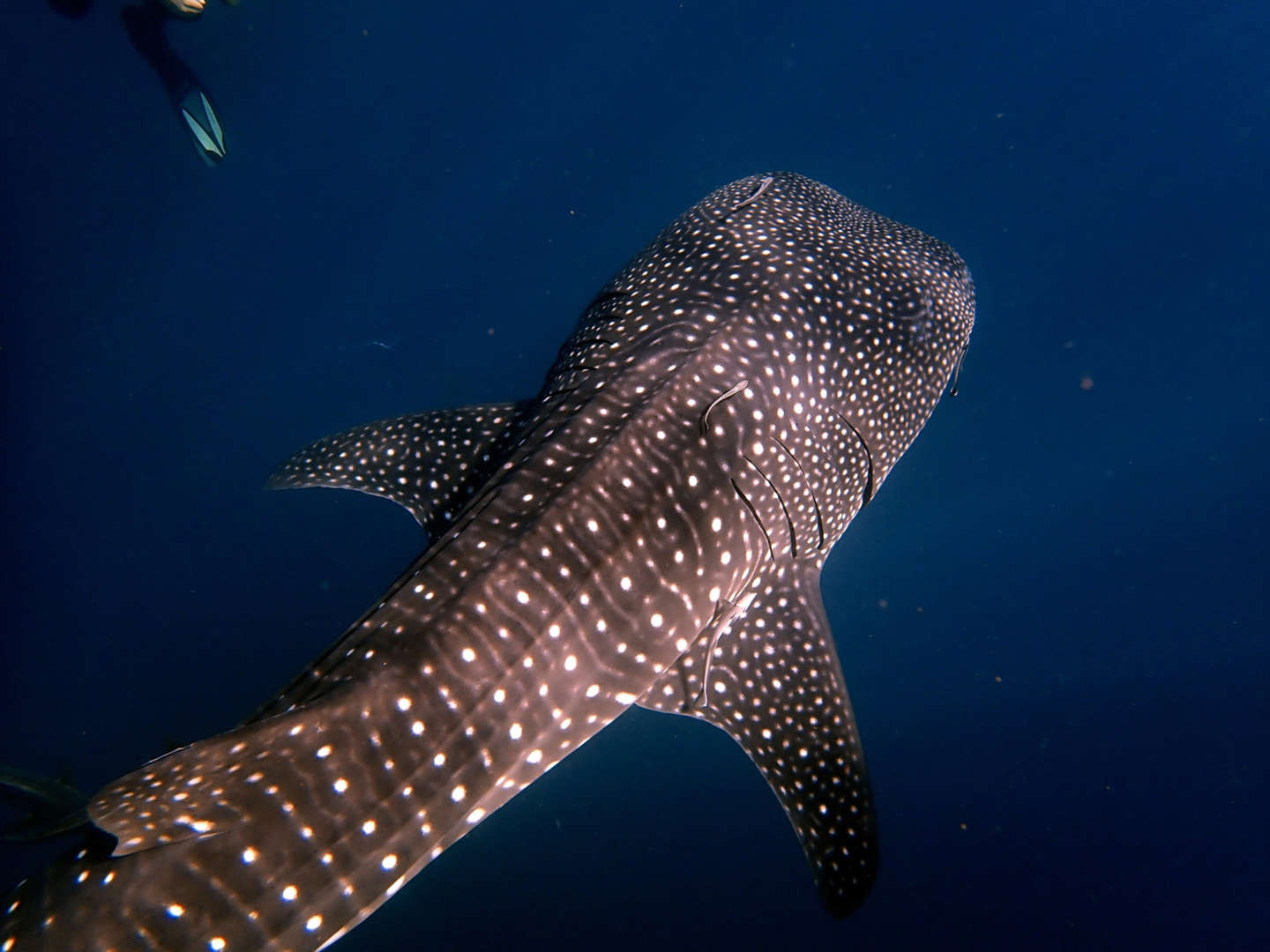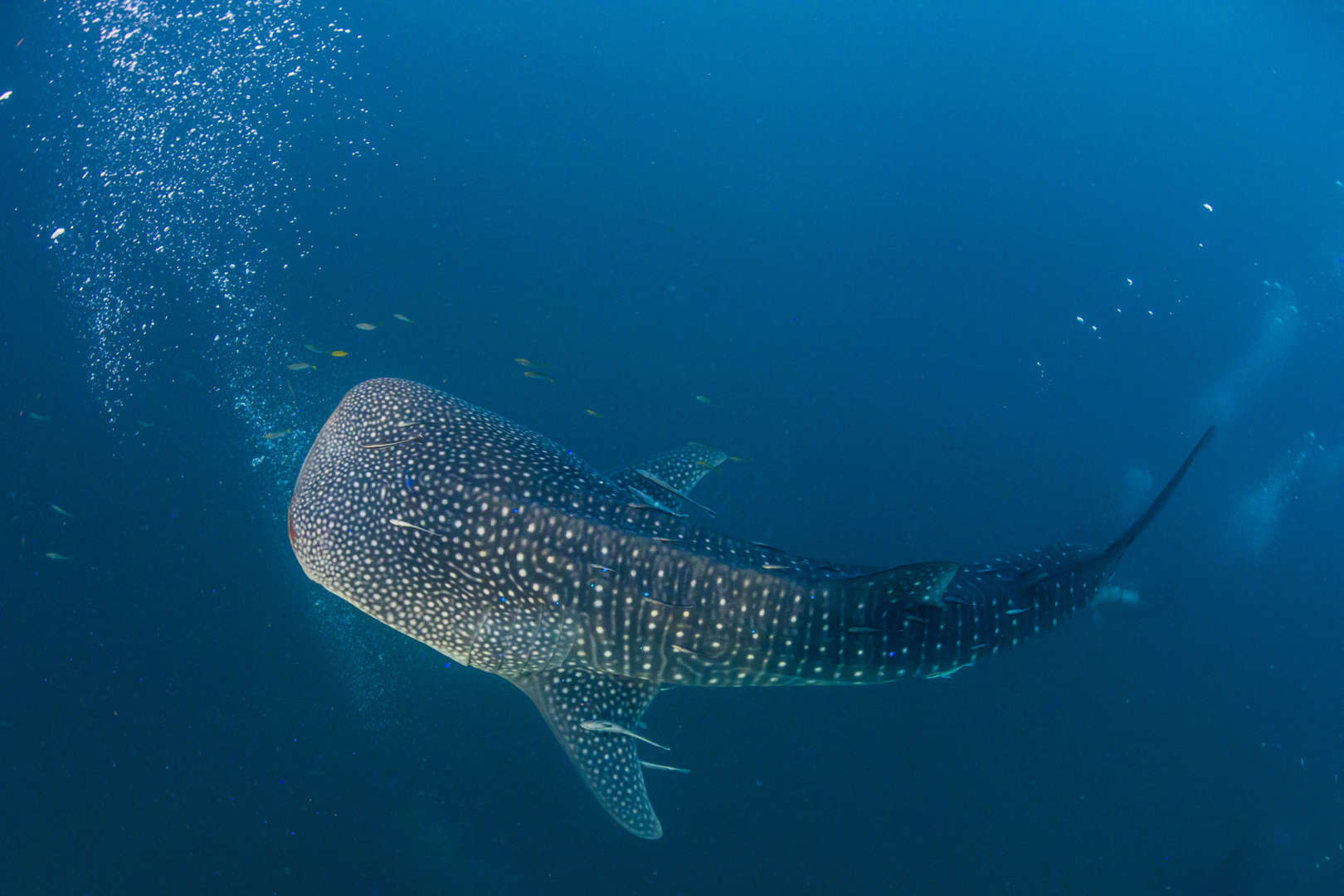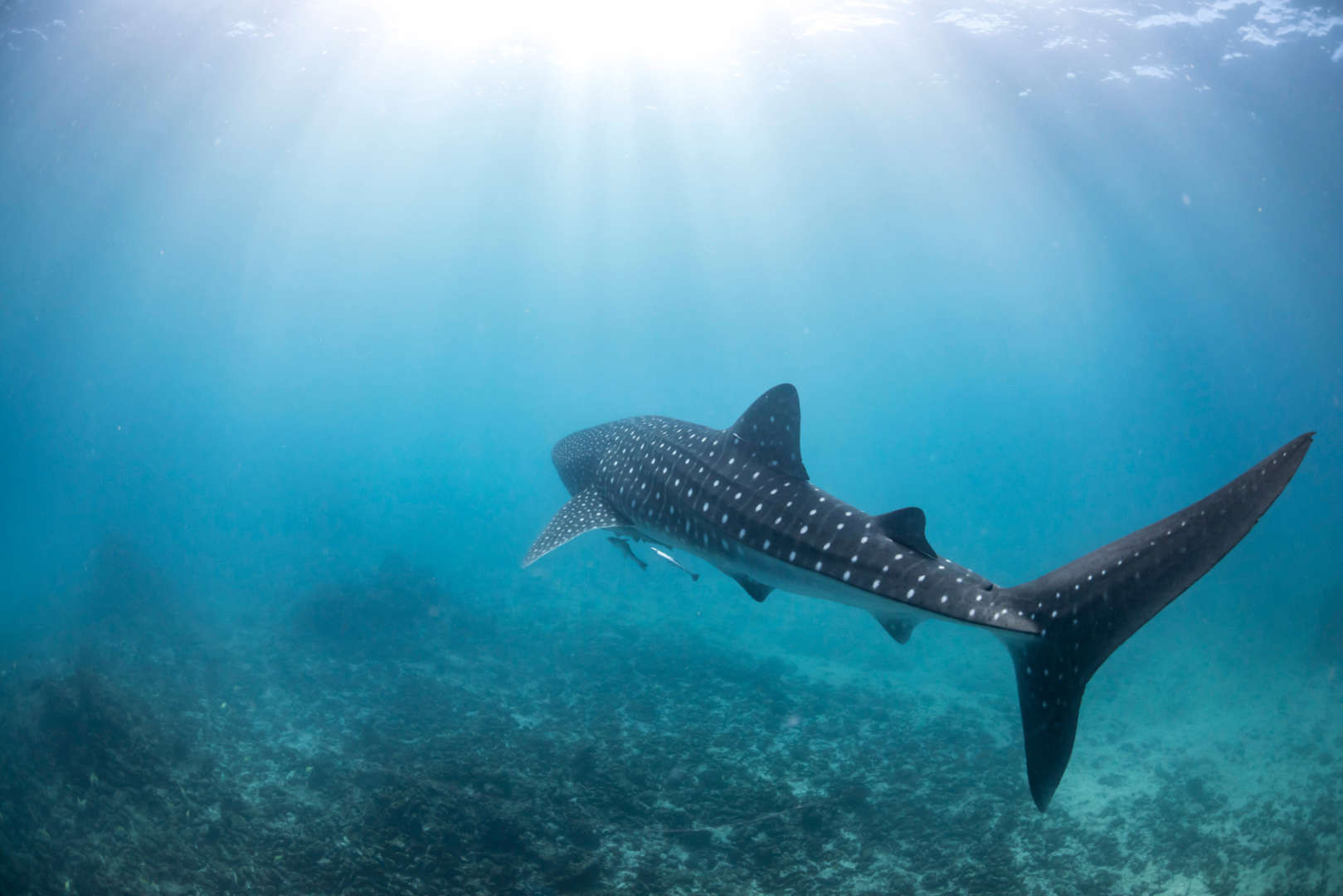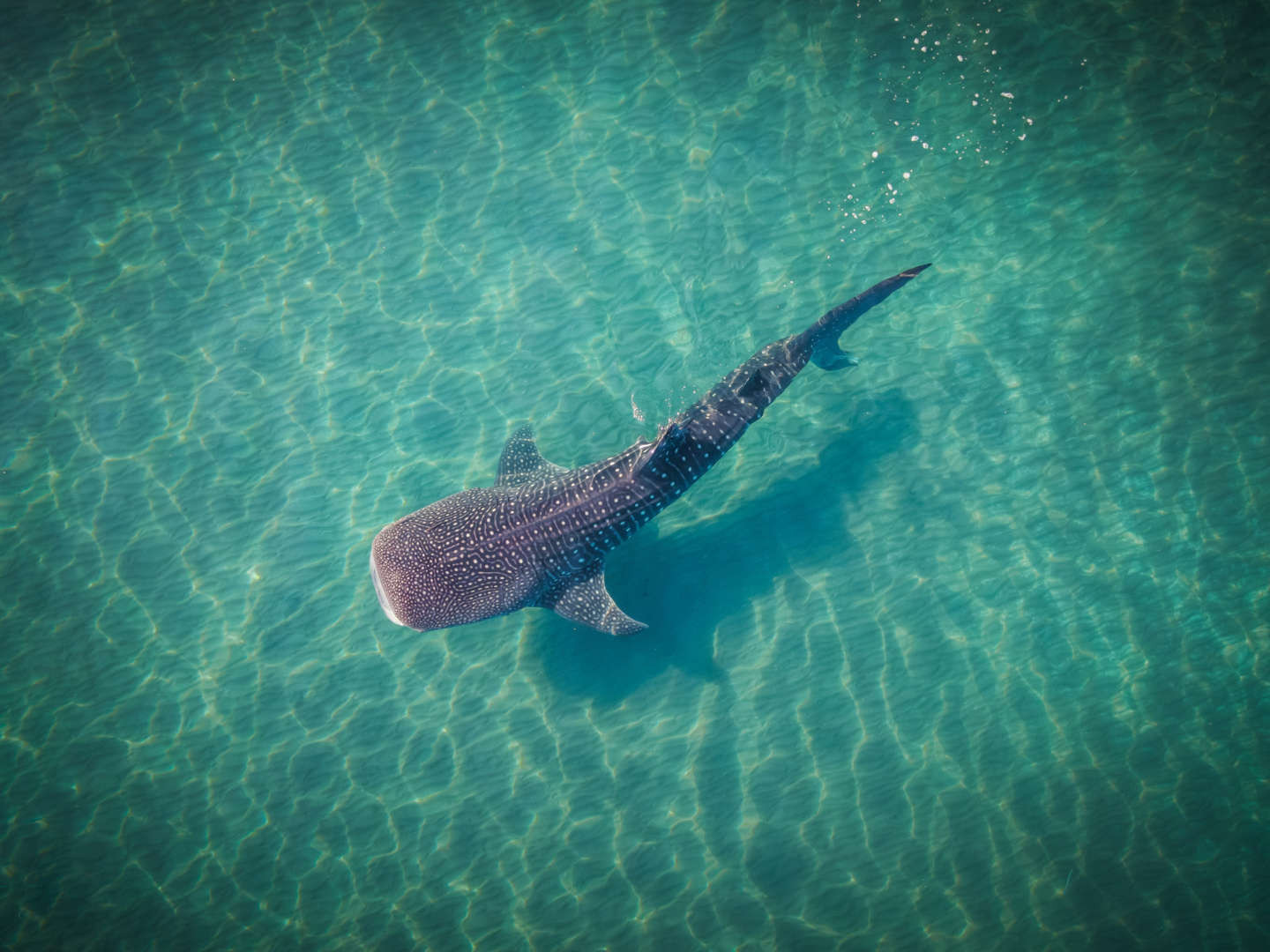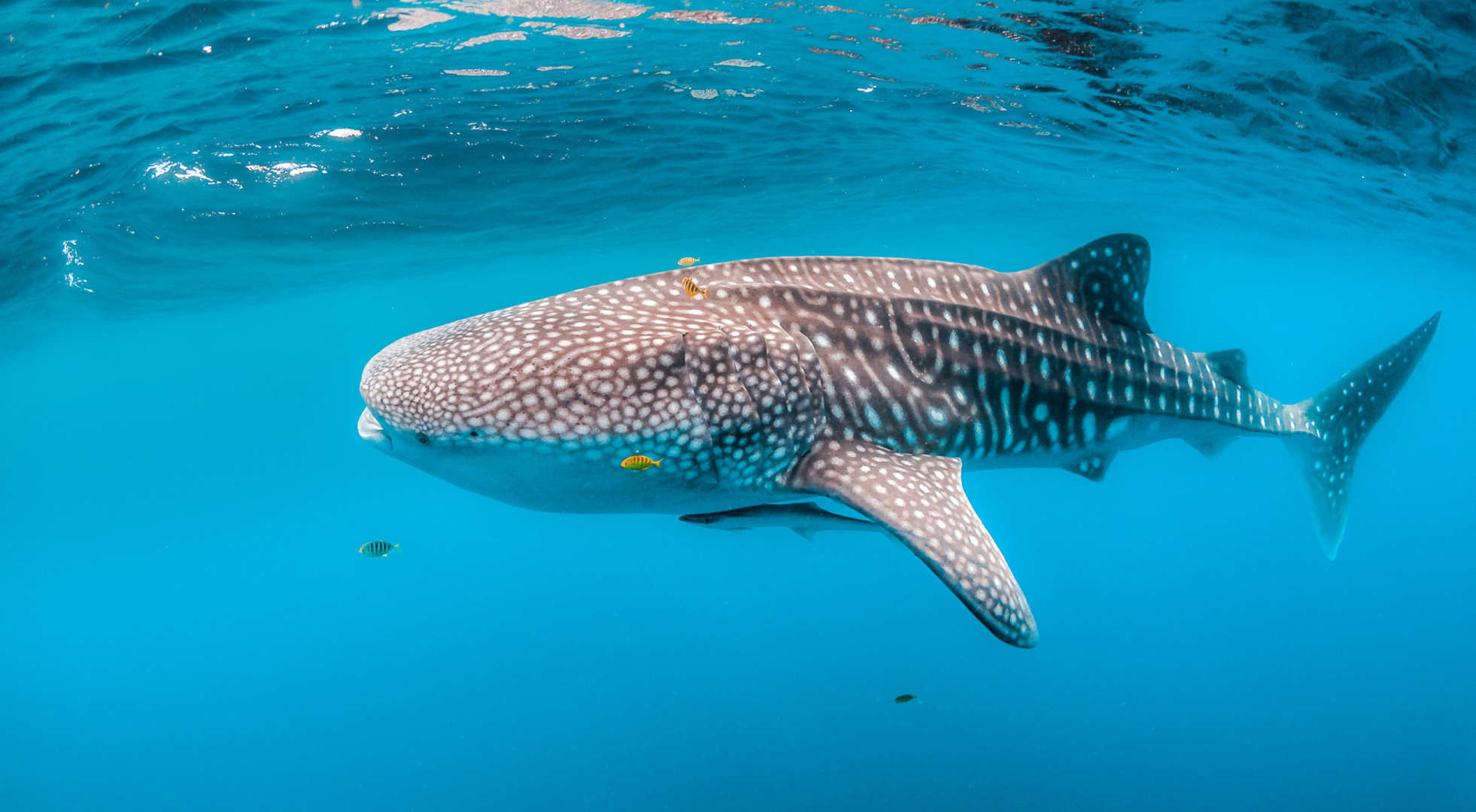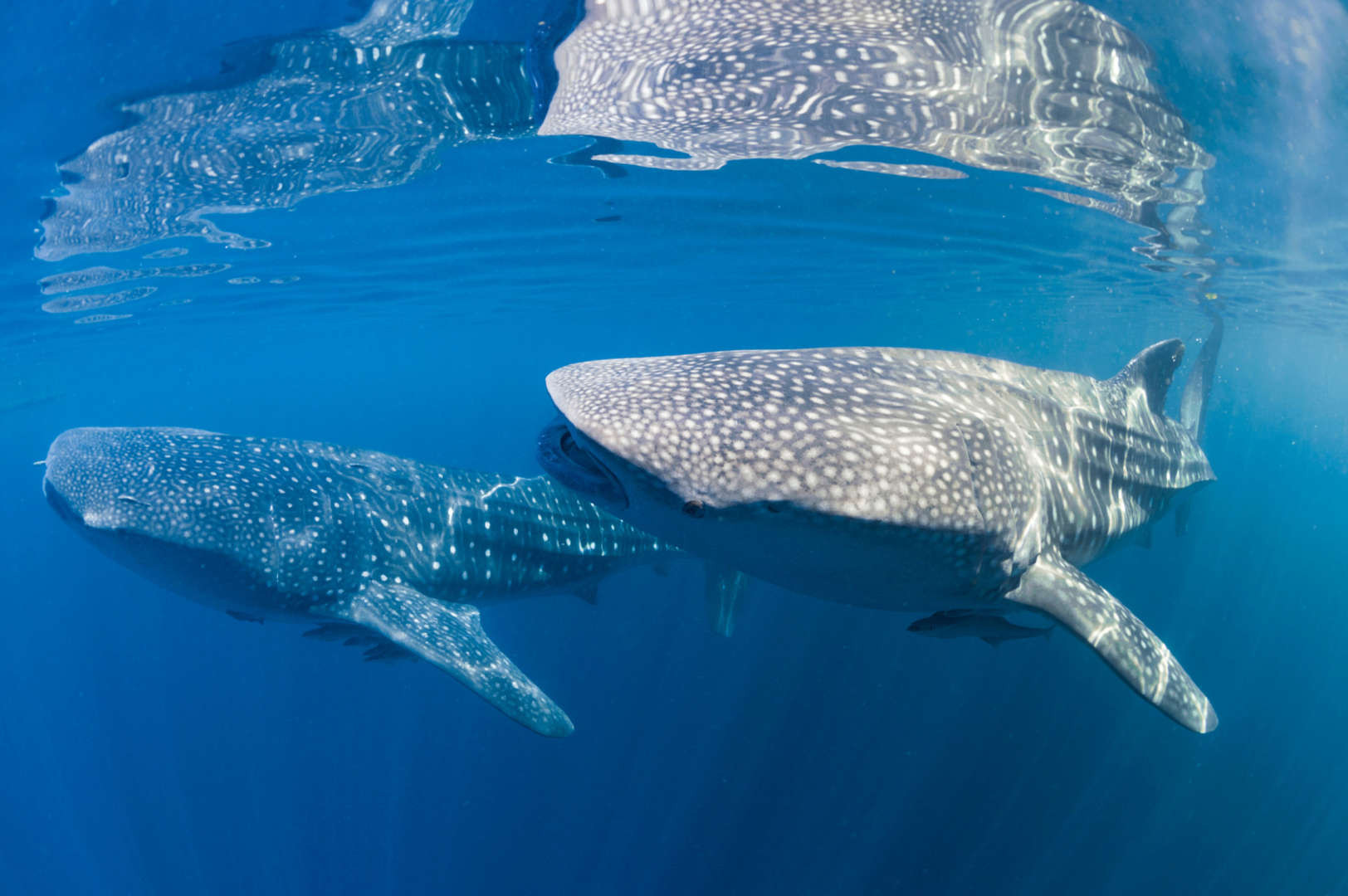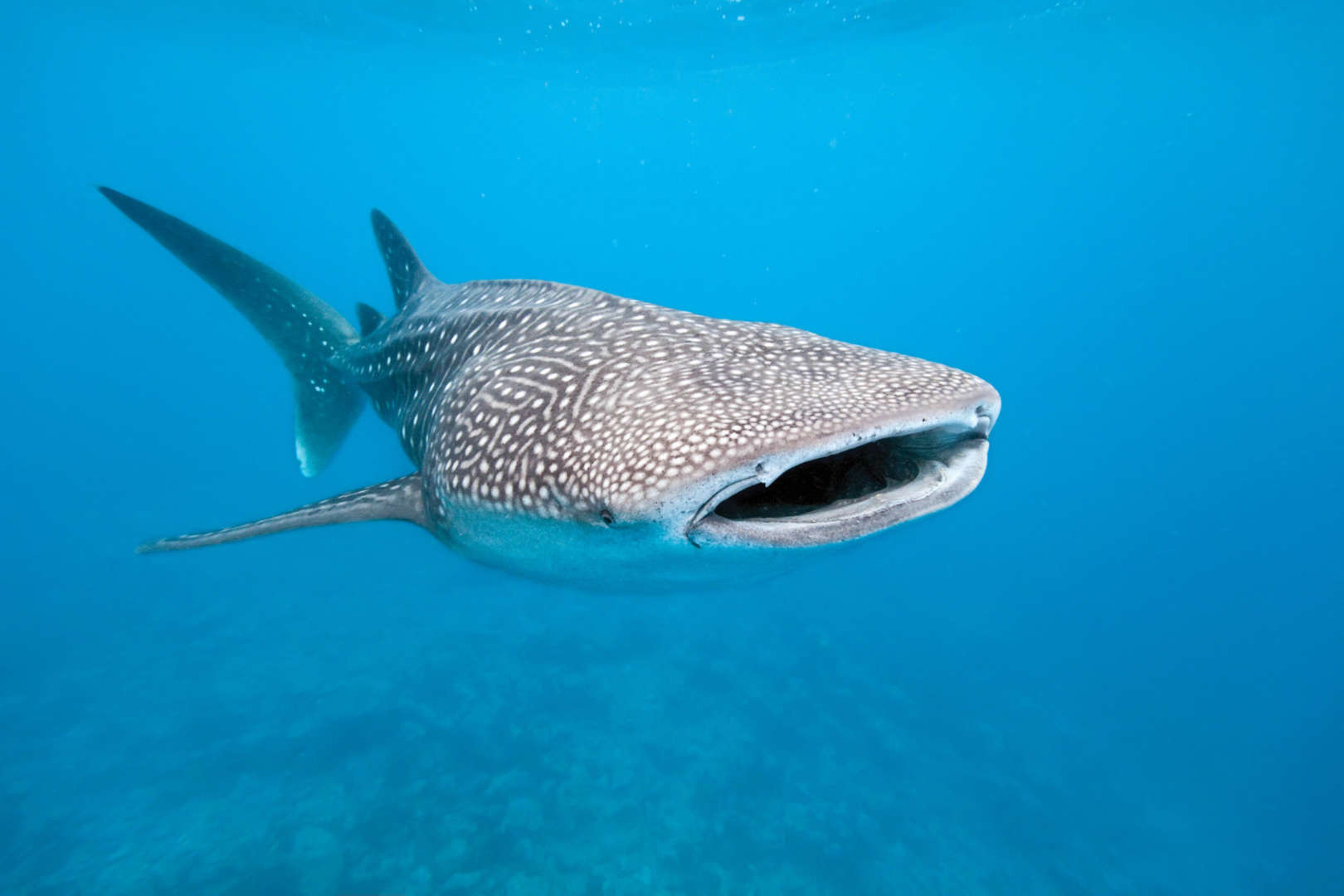Various silhouettes of wildlife. The silhouettes of elephants, wildebeests and giraffe are from Kenya, whilst that of foxes is from South Africa.


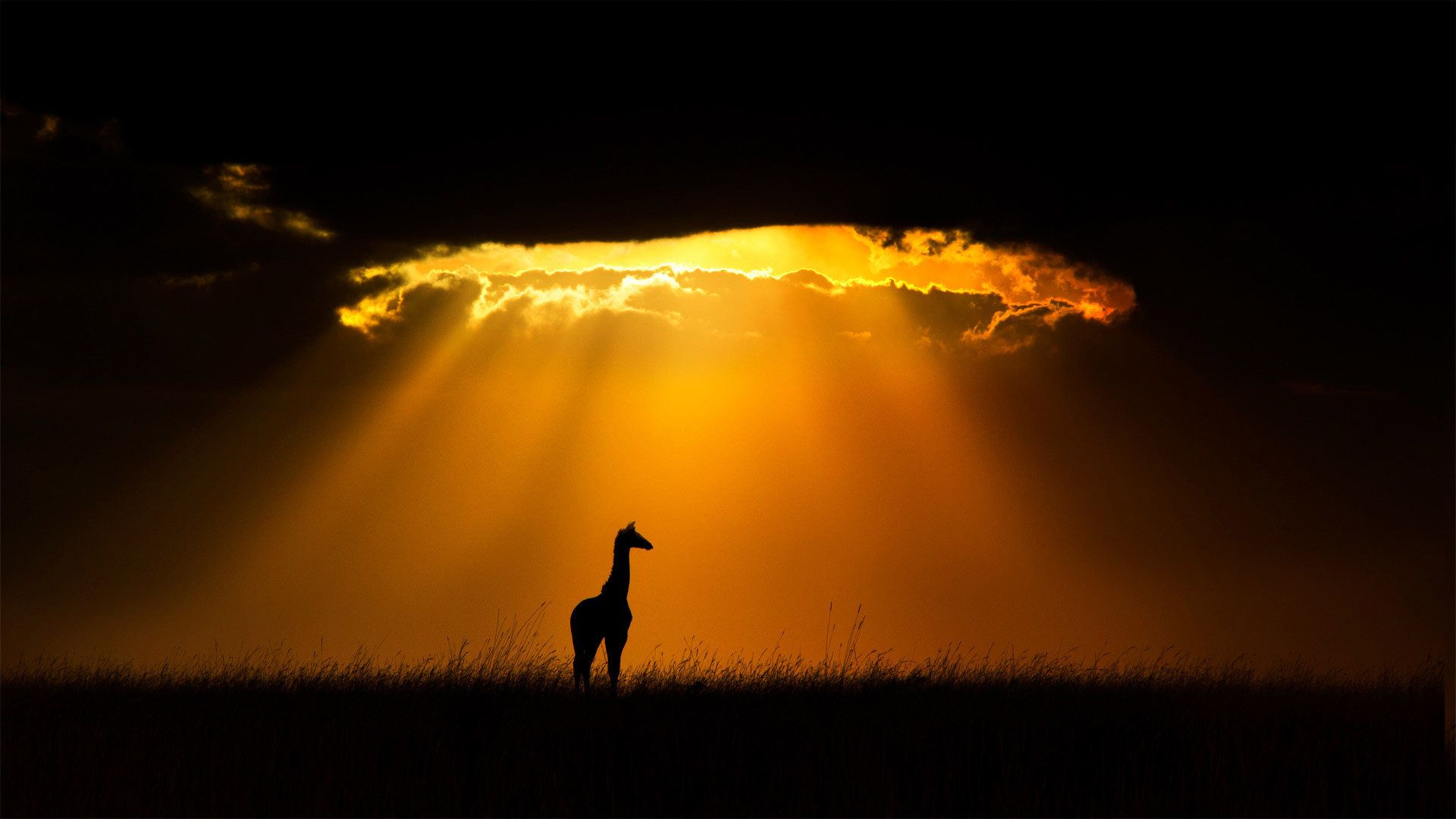

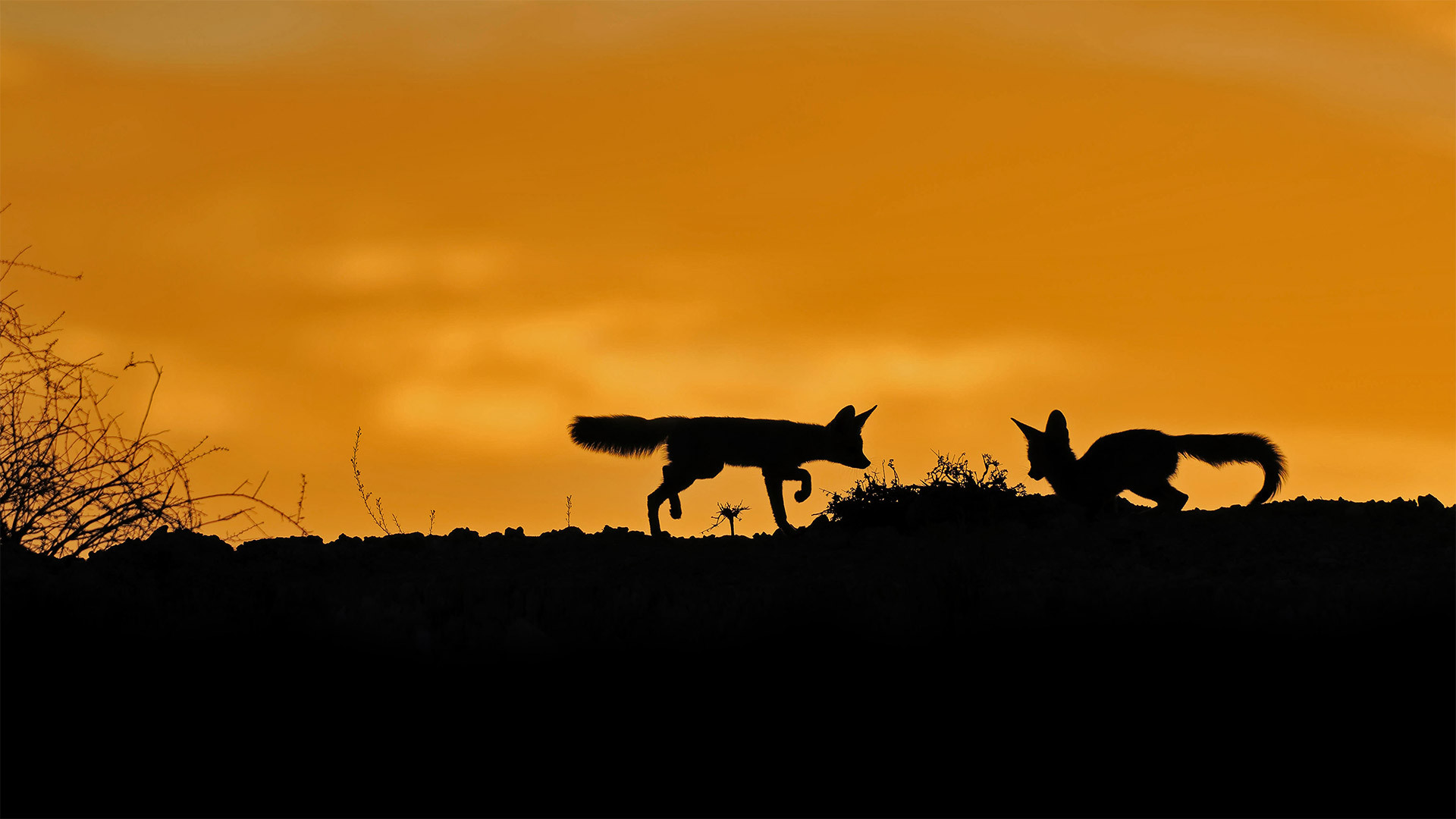
Various silhouettes of wildlife. The silhouettes of elephants, wildebeests and giraffe are from Kenya, whilst that of foxes is from South Africa.





With a flapping of wings that is so fast that it is only a blur, hummingbirds gather round to savour the nectar that is on offer. One cheeky hummingbird even pecks another on the head, interrupting its drink, apparently because it was in its way.
Saguaros are hardy columnar cacti that brave all seasons across a a relatively long lifespan, often exceeding 150 years. They may grow their first side arm around 75–100 years of age, but some never grow any arms. Some grow to be over 12 meters (40 feet) tall. Saguaro National Park is home to over 2 million saguaro cacti living wild in Arizona.
However saguaros do need a perfect balance of heat and rainfall to thrive, and because of this their range is limited to specific areas within the Sonoran Desert in Arizona, the Mexican state of Sonora, as well as the Whipple Mountains and Imperial County areas of California.
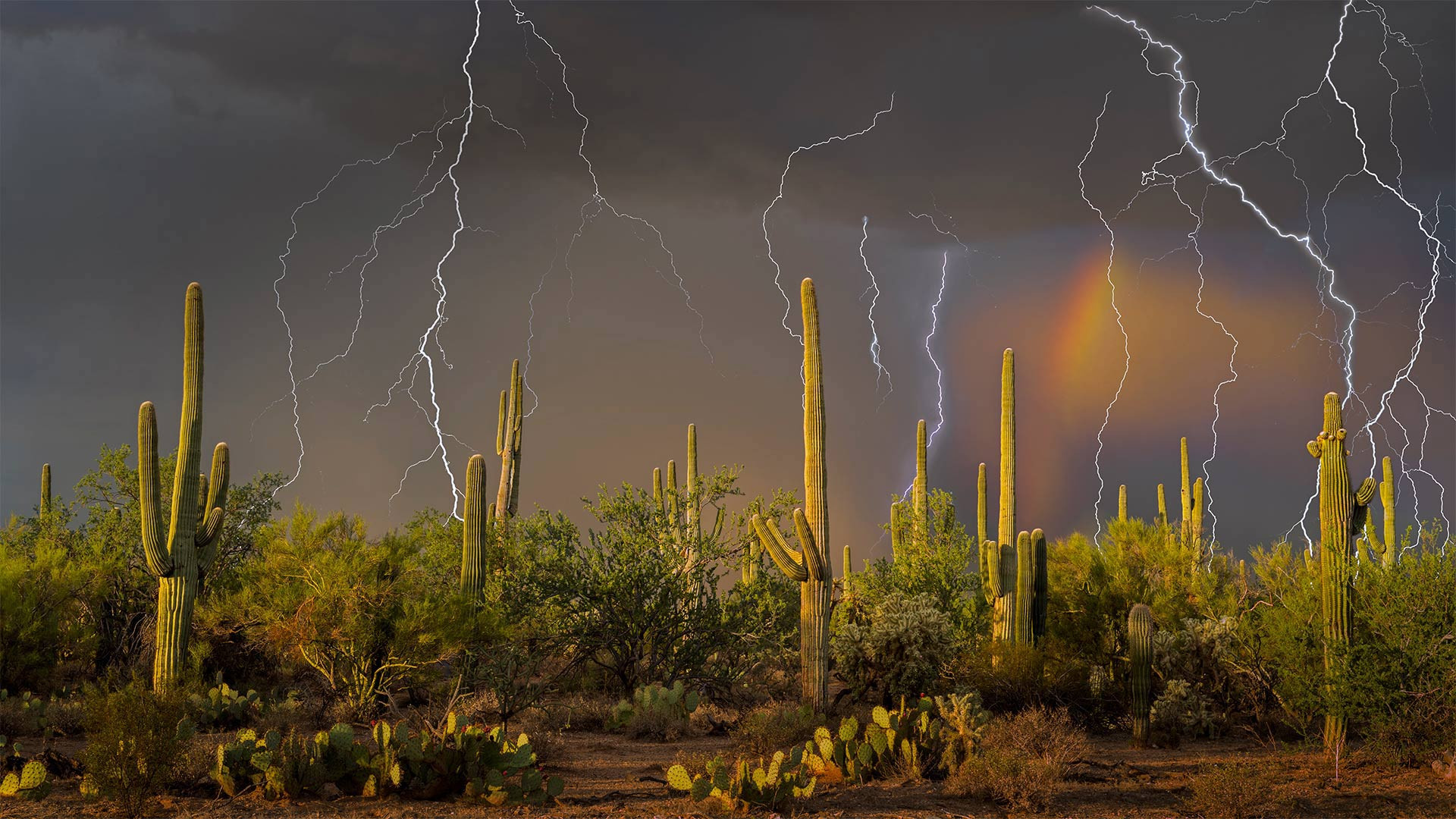

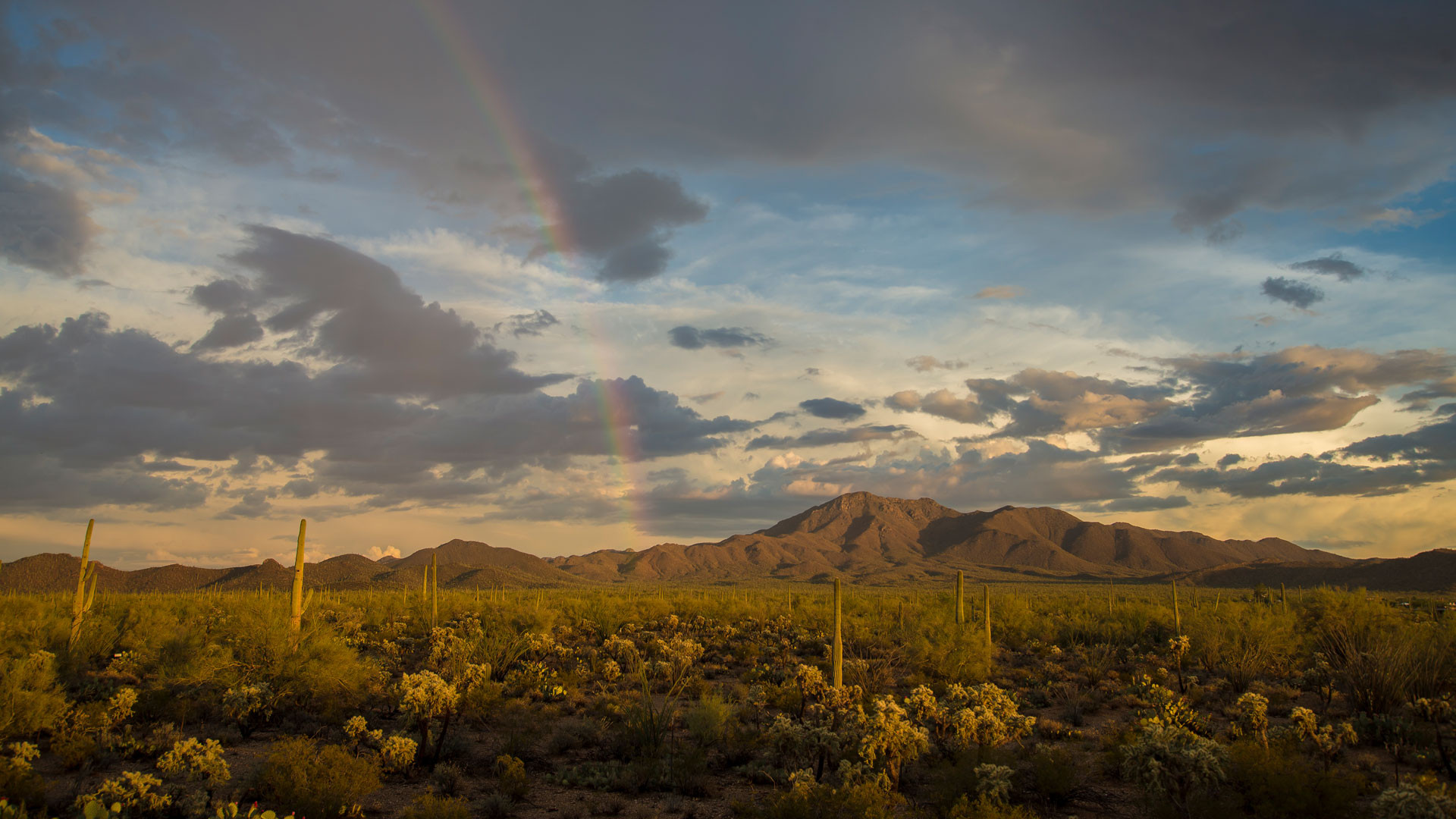

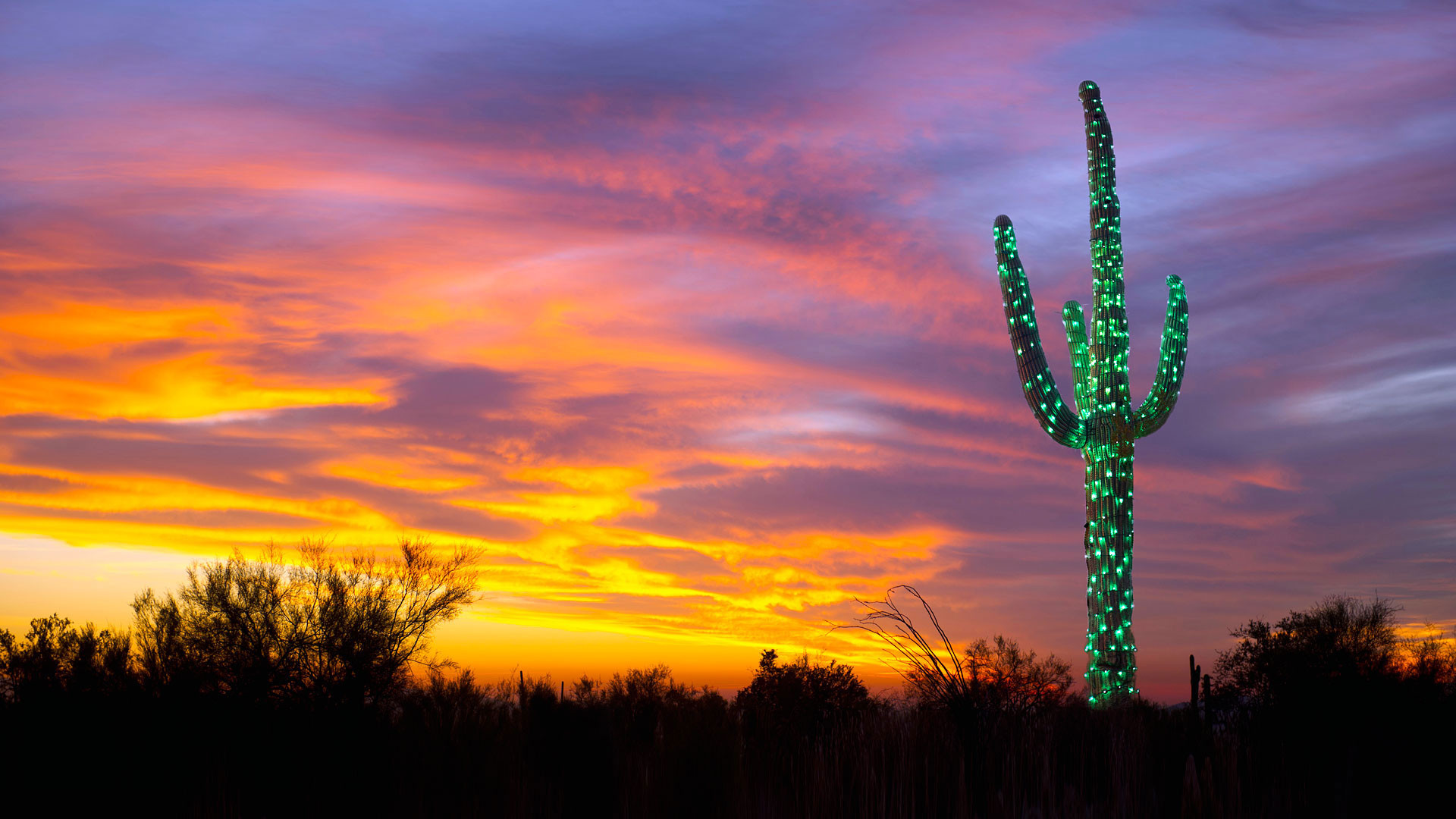
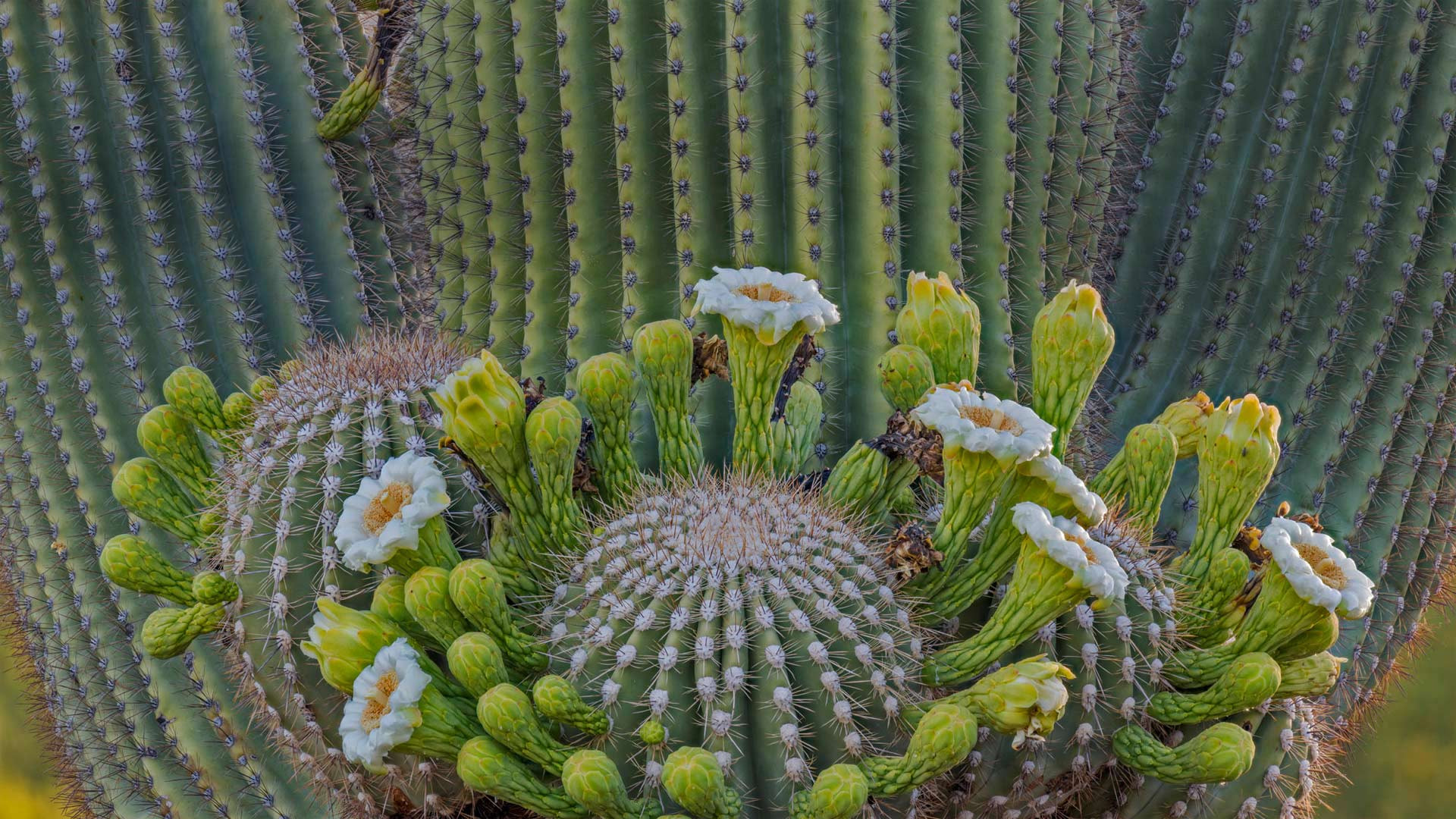
Wild white horses running over the waters of Saintes-Maries-de-la-Mer, in Camargue Regional Nature Park, France - photo courtesy of Uryadnikov Sergey.
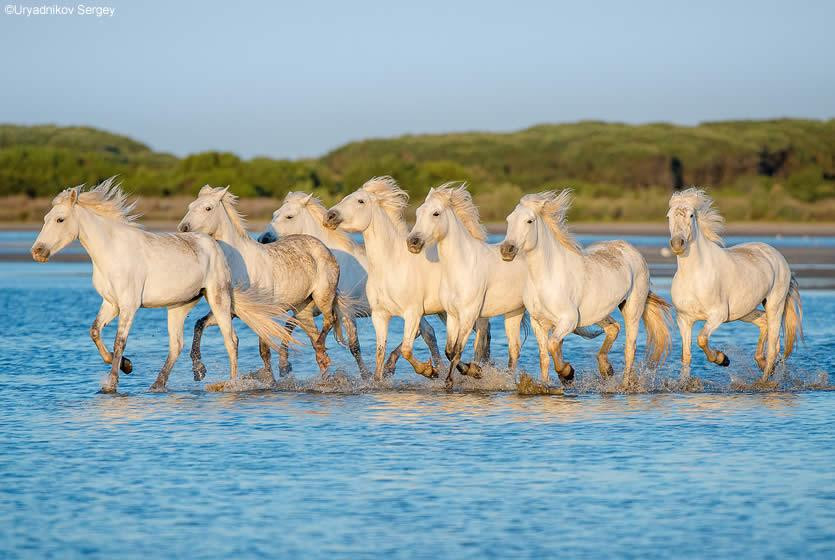
Further to our post about elephants posted early this month, here are seven majestic images from Amboseli National Park in Kenya, showing matriarchal elephants, with their young. (Click on an image to view full size.)





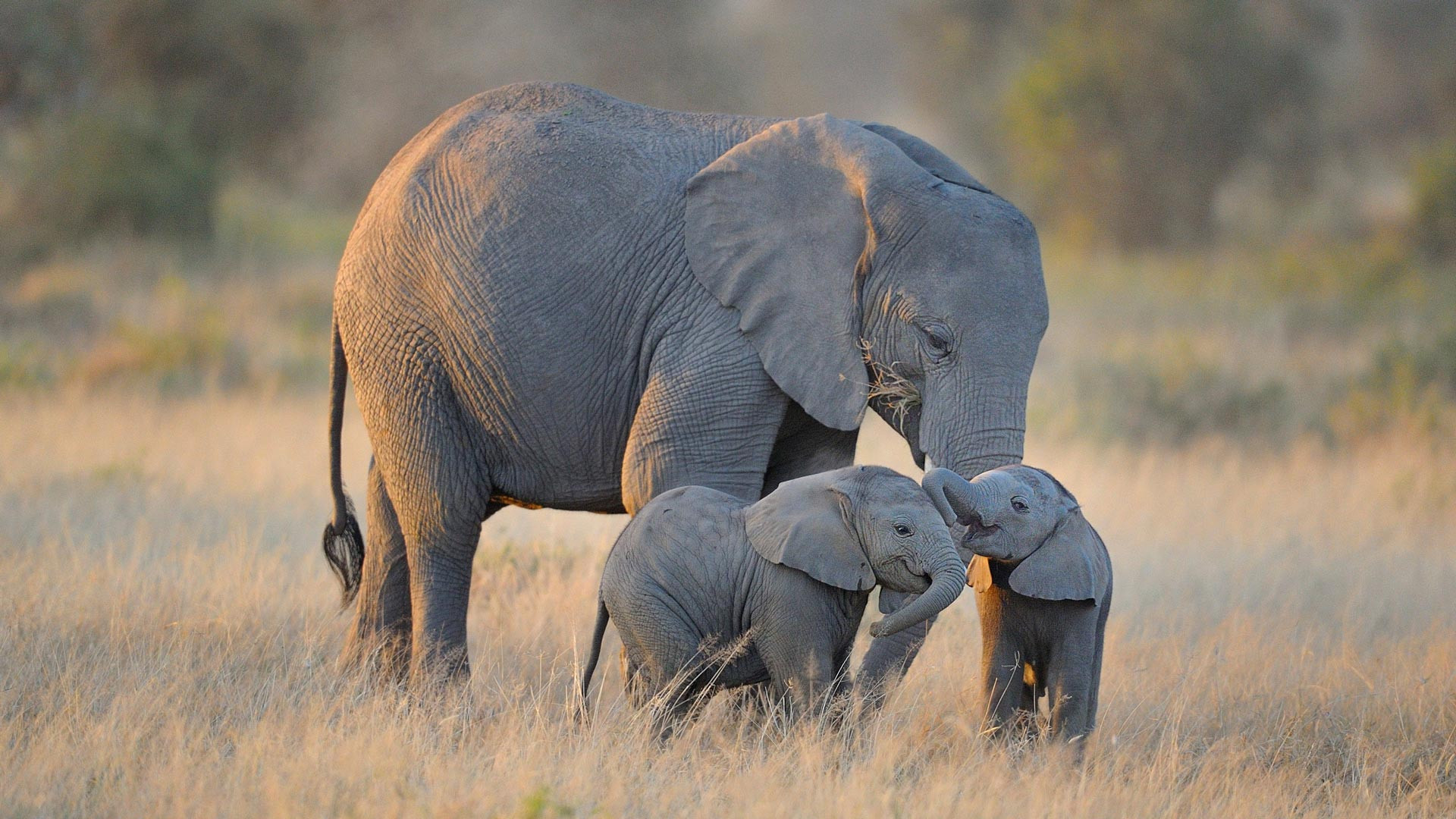

Video captured by diving enthusiast Martijn Schouten, in Azorean waters, in the North Atlantic Ocean.
The eldest female elephant within an elephant group is regarded as its matriarch, and is the leader of her family, taking care of its well-being and survival. The other younger females are referred to as cows. An elephant family unit consists of a mother, her juvenile offspring, and occasionally sisters, aunts, and grandmothers. Family groupings often range in size from two to more than twenty elephants. Male adult elephants, on the other hand, typically form bachelor groups made up of an elder male and several younger bulls.
However, elephant families shift constantly. Whilst an elephant may start the day in a group of 12 to 15, it may join bigger herds around midday, graze with smaller groups in the afternoon, and spend the night with only its nearest progeny or parents. This sort of social dynamic is known as a fission-fusion society. In fact, it's very similar to how we humans commute to school or work during the day, and then return back home at night.
Little owl (Athene noctua), also known as the owl of Athena or owl of Minerva, in a wooded area near Düsseldorf in Germany (courtesy of Ralf Kistowski).


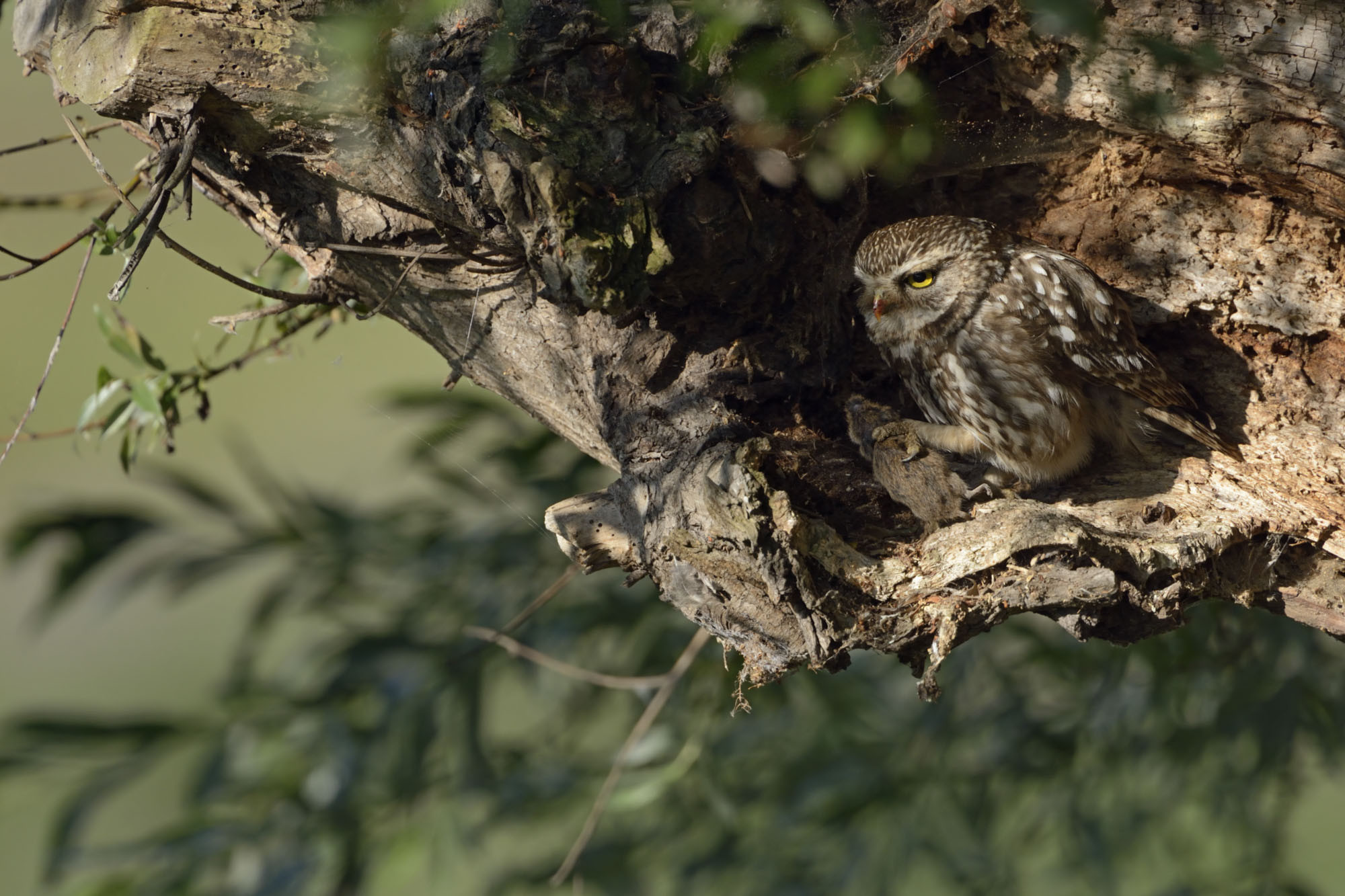
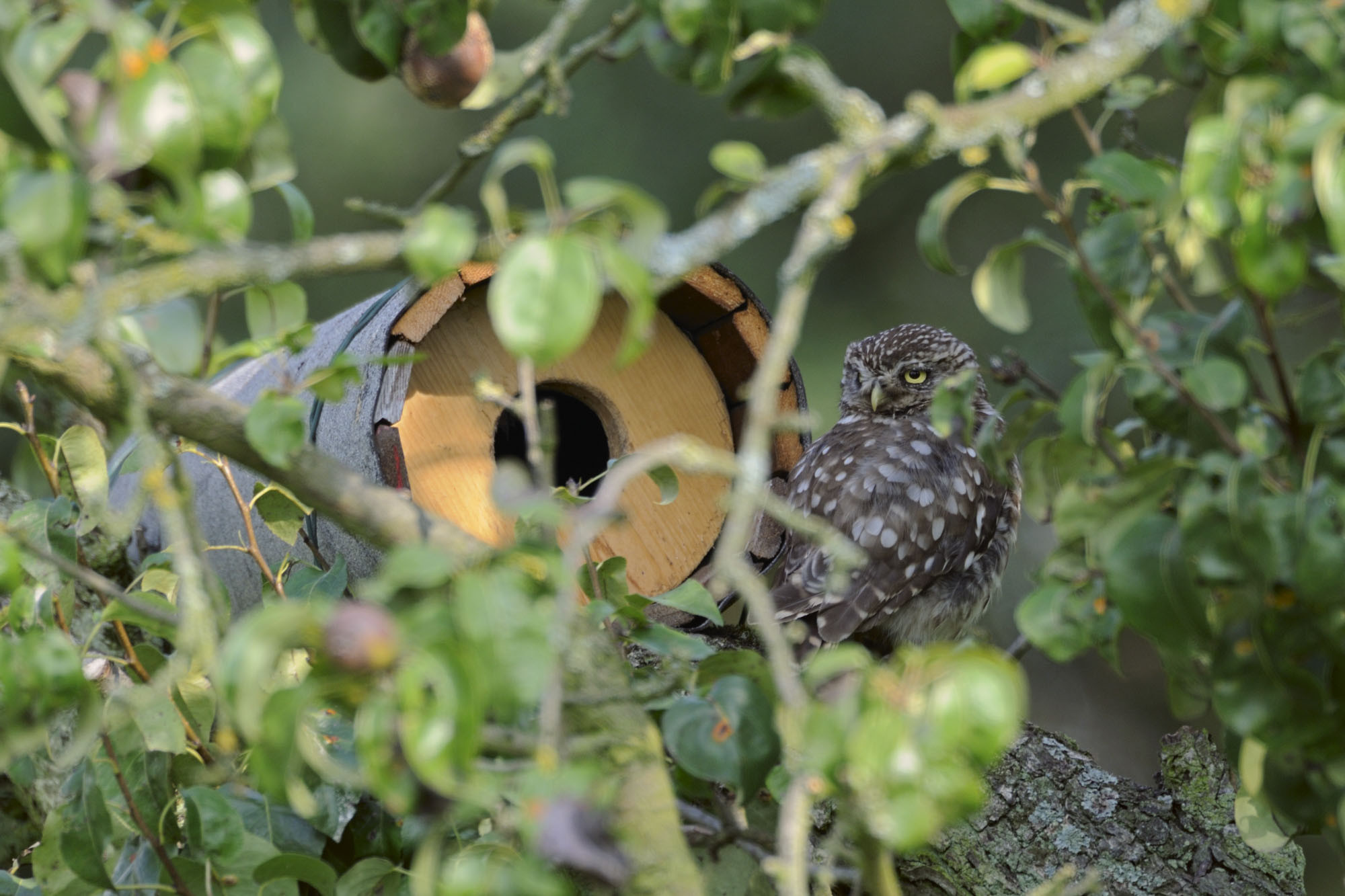
Sheep in Iceland during the summer and winter months.
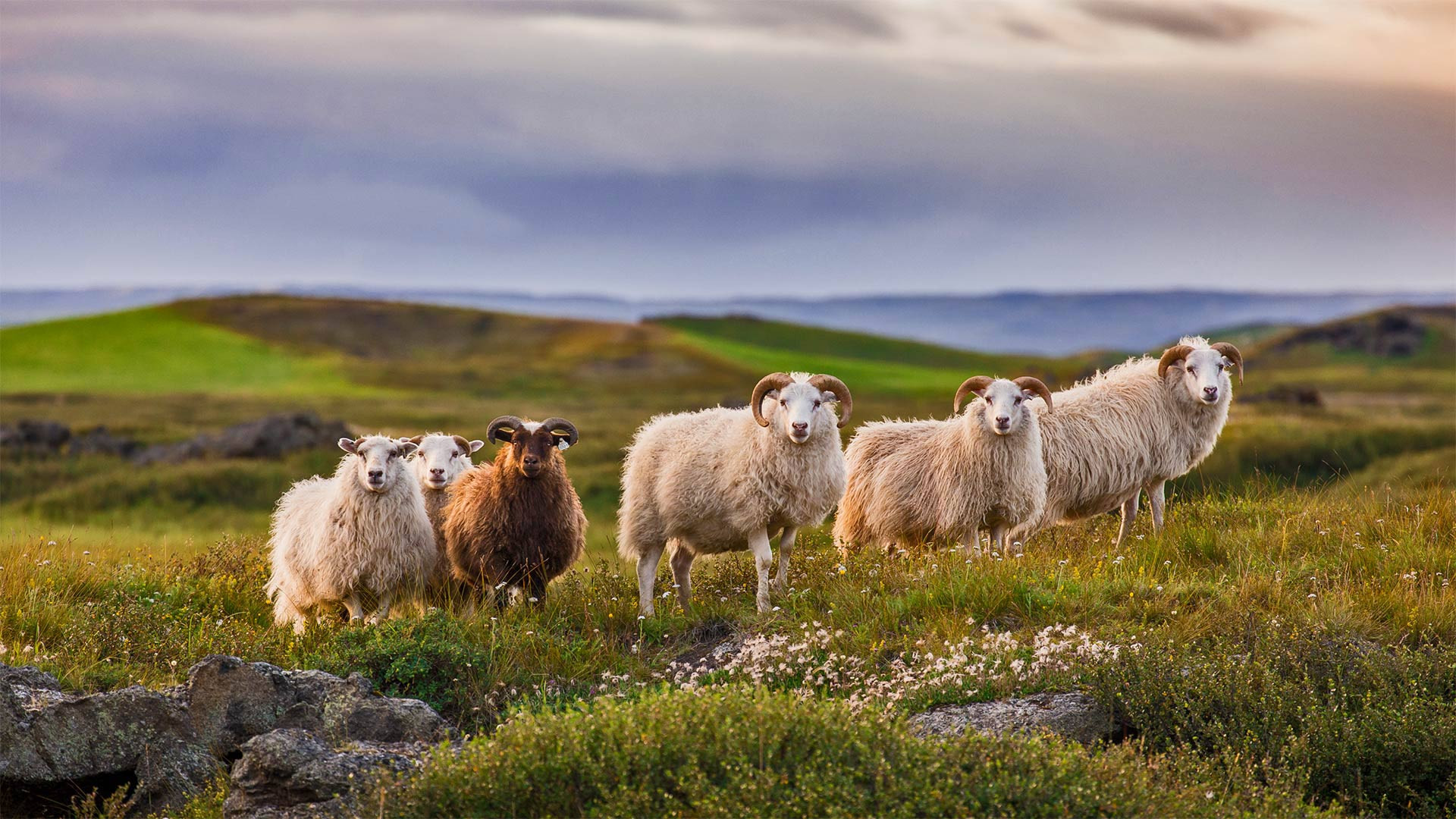
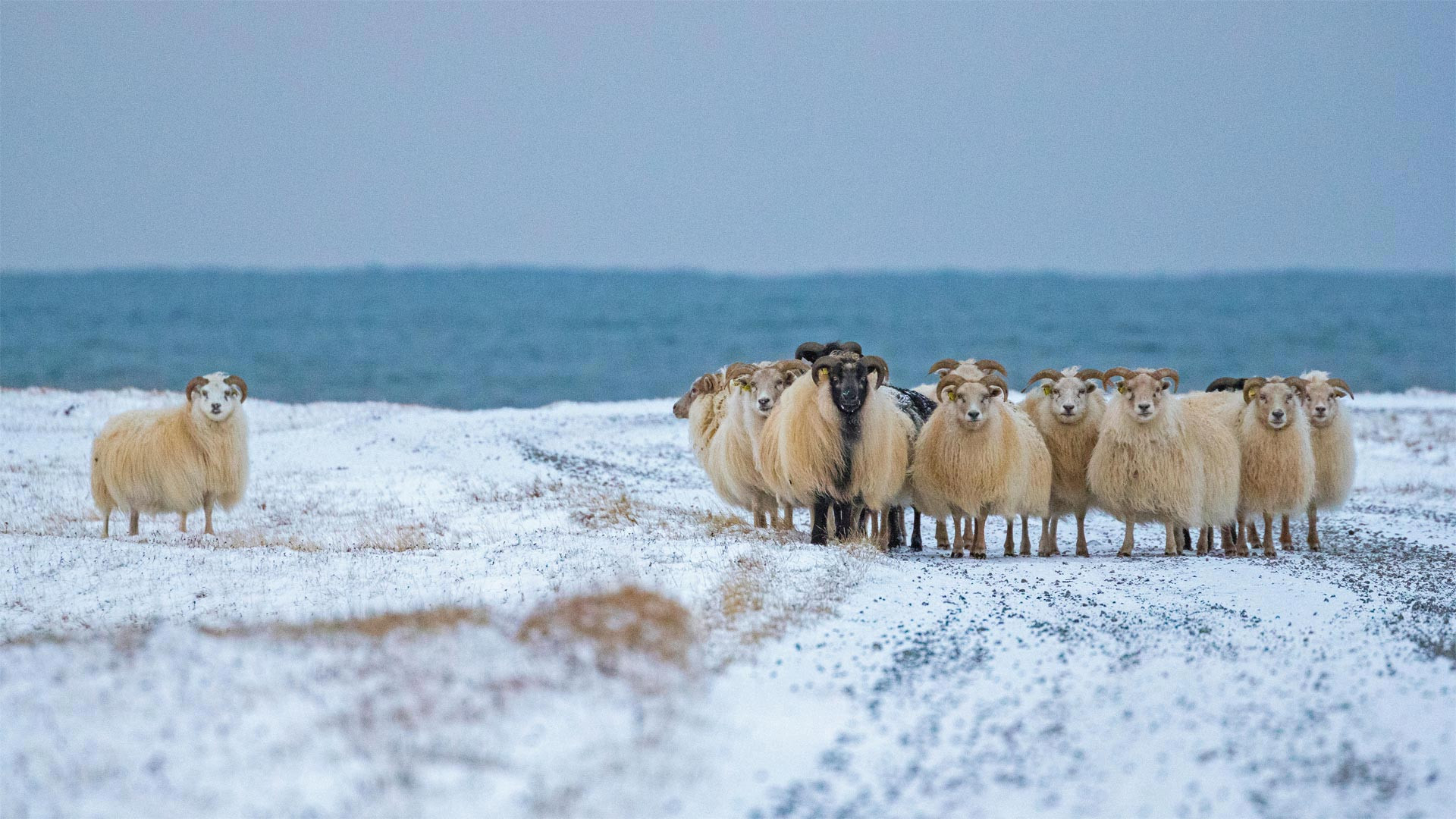

Whale sharks can grow over 40 feet (12 meters) in length and weigh up to 20 tons (20,000 kg), making them the largest fish on Earth — unlike whales, they’re not mammals. (See also related video here: zafoid.com/post/view/11962)
